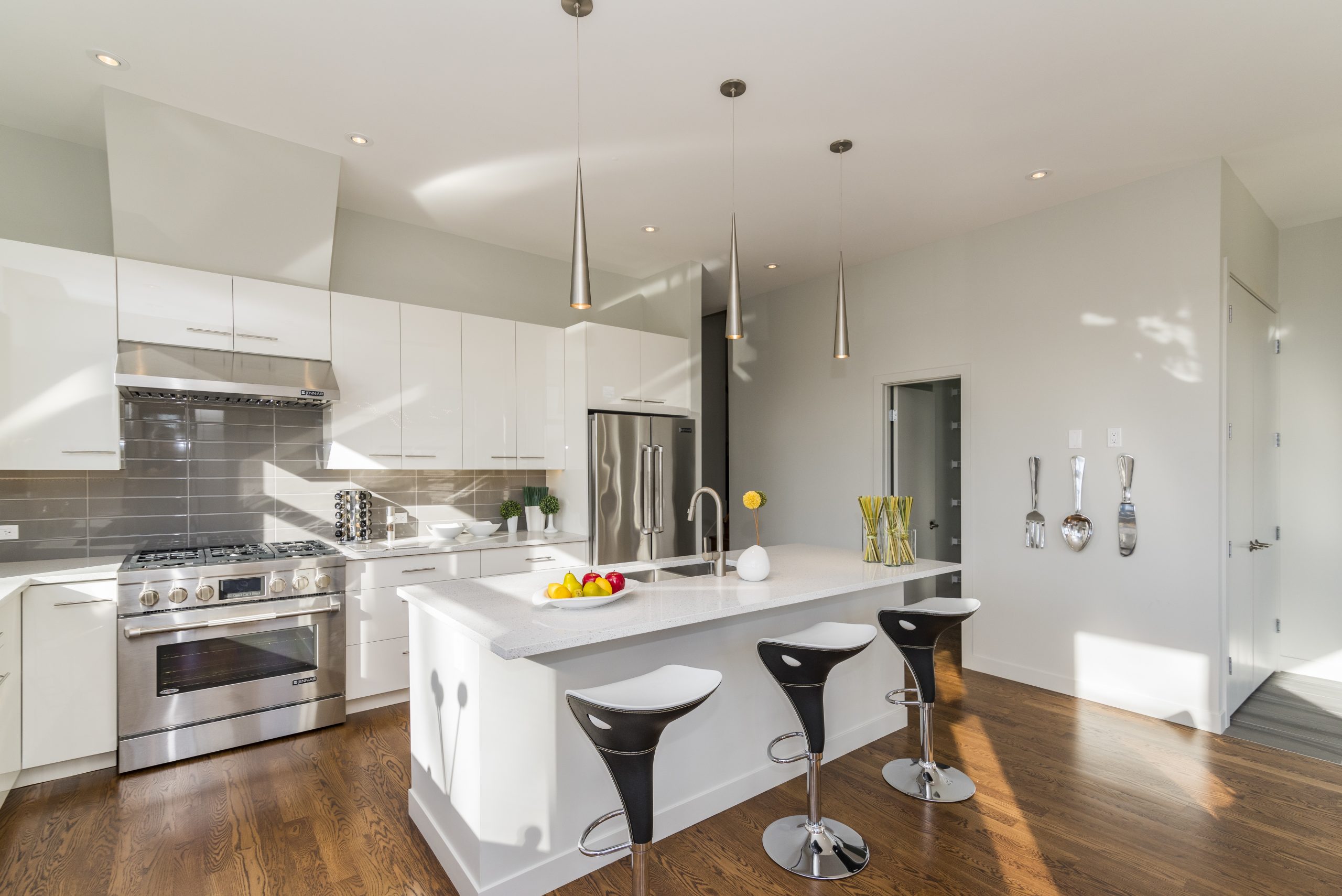The presence of sunlight in your apartment can greatly modify your lifestyle. That is why this factor must be considered when choosing your property.
In other words, there are ways to analyze the position of the sun in the apartment and how it “bathes” each room throughout the day before closing a deal.
But, after all, how do you know if there will be sunlight in the apartment? Does the way the development is built affect the lighting of the dwelling during the day? What do you need to look at before you buy or start building?
If these are questions you would like answers to, keep reading this blog!
Natural light in the apartment
Sun in the apartment can bring more benefits than you might think. The first of these is related to your pocketbook. From morning until evening, the more the sun’s rays illuminate the rooms, the less energy needs to be expended, thus generating more savings.
In addition, sunlight can reduce the appearance of fungus, mold, and mites on the walls and furniture, a very common problem in objects that are usually located in very humid spaces.
Another great advantage is linked to mental and physical well-being. If you work from home or don’t have much time for walks, the sunlight will maintain physical contact with your body, improving the quality of your skin.
Also, all this unique energy from the sun benefits the mind, decreasing the risk of psychological problems, especially mood disorders and sleep problems, among others.
How to know which is the sun’s orientation in the apartment?
It all starts with the architects and engineers, after all, they are the professionals responsible for the development and execution of the residential project.
Usually, these professionals already build the house thinking about this issue, however, it does not hurt to talk to them (or another individual responsible for the project) to clarify your doubts about natural lighting.
Another important point is the size of the windows in the house. The larger they are, the better or too exaggerated will be the passage of air through the rooms and the entrance of sunlight. Therefore, you should carefully evaluate these factors.
Balconies and balconies are other elements of a building that directly affect the issue of lighting in the apartment. Often the partitions in these types of rooms can do an amazing job.
Classification of the position of the sun throughout the day
The sun rises in the east, travels northward throughout the day, and sets in the west. This is basic information to remember when selecting your apartment, because properties that face north are usually valued more highly.
I understand why in this list we made according to the Estadão newspaper article:
- North face receives more sunlight daily;
- The east face receives morning sun, but with less intense rays;
- The west face receives afternoon sun and therefore tends to be warmer;
- The south face has the least amount of sunlight on the building.
In short, those who want a lot of sunlight in their apartment should select a building that faces north, where they can take advantage of all the privileges already mentioned in this text.
But beware, remember that depending on the format of the floor plan, not all rooms and environments will face the sun. Therefore, a more detailed study will be necessary to know how this problem is solved and if everything pleases you.
What to do when there is too much sunlight in the apartment?
In recent years, residential developments have placed great value on natural lighting. However, in some cases adaptations are necessary, since the result will not always be completely pleasing.
If too much light affects thermal comfort, one option is to invest in fans or air conditioning. If the sunlight in the apartment is too strong, the option is to use special curtains on the windows.
But if the problem is lack of sunlight, one option is to modify the interior layout of the apartment. You can do this by changing the furniture, the decorations, and even the color of the walls.
What really matters is your comfort!
Did you like the publication? Read more in our blog. Also, follow us on social networks, Facebook and Instagram.




